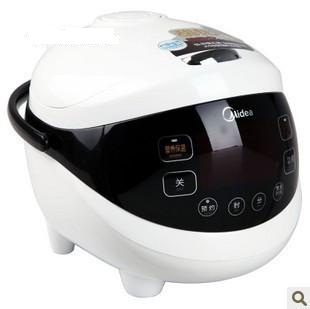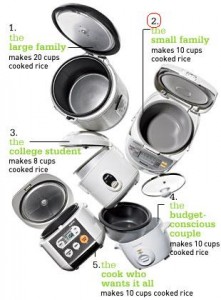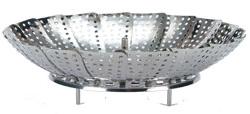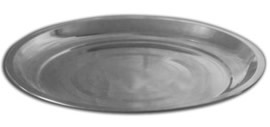
Cooking Rice in Style
I’m a little embarrassed to say it, but today I finally bought a rice cooker! Maybe because I’ve been a bread person my whole life I never thought buying a machine specifically for cooking rice was important. But since I’ve been in Asia I have eaten rice just about everyday and loved it. After years of fluffy white rice at restaurants and friend’s houses, I’ve developed a taste for this healthy staple. But when it was time to start looking for one at the supermarket, what I wasn’t prepared for the endless choices in front of me.
There are TONS of rice cooker options on the shelves in Chinese supermarkets, but most of them look pretty ugly. And since I’m not a “heavy” rice eater, I figured the huge 5-6 liter mutha rice cookers wouldn’t be my thing. So, I set out to find a small one that would be an interesting addition to our kitchen here. That’s when I met “Robo”. Read More…






 Custom Search
Custom Search